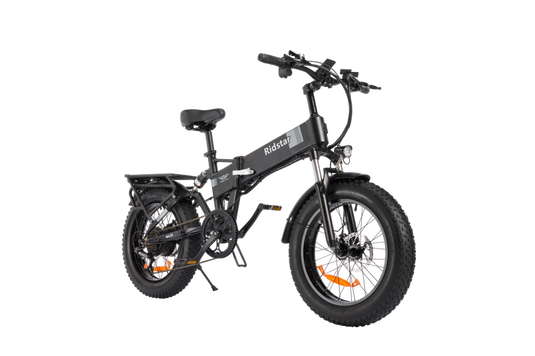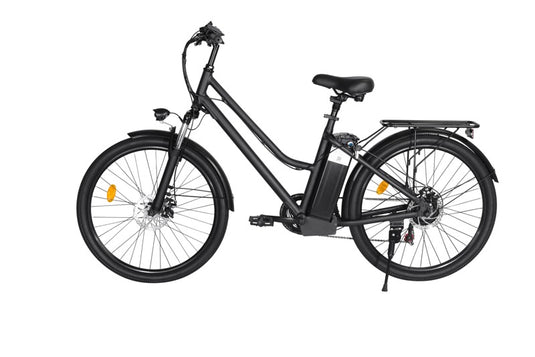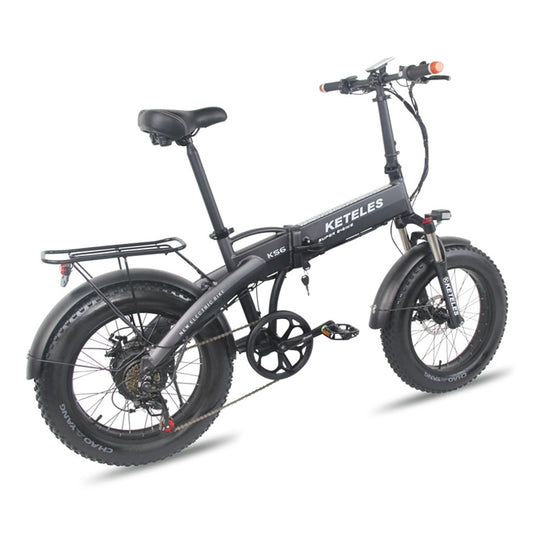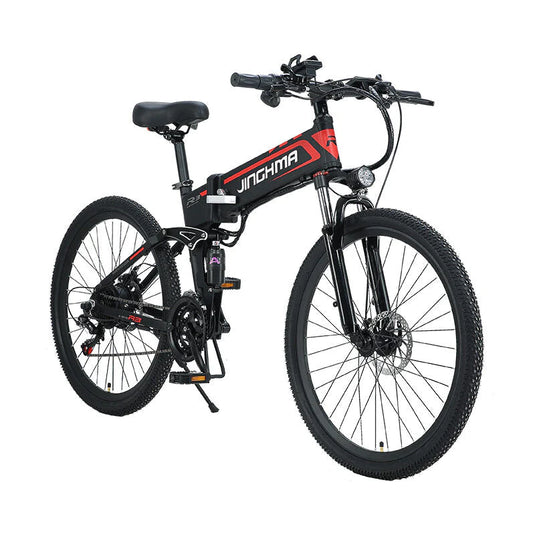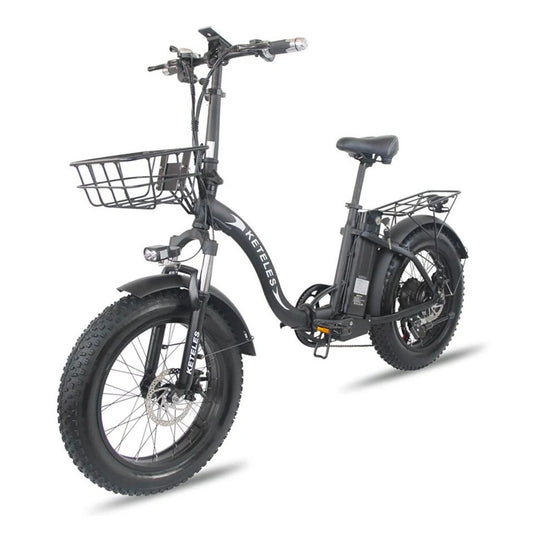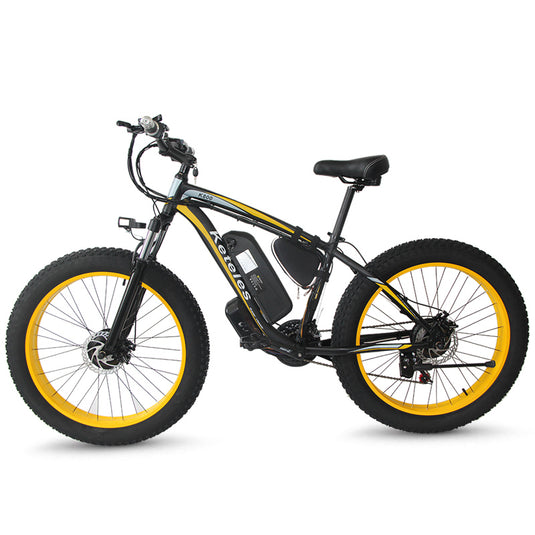
The Rise of Urban Cycling: Exploring the Latest Trends in City Commuting
The Evolution of Urban Commuting: From Cars to Bicycles
Understanding the Shift to Cycling in Urban Areas
Many cities are seeing a big switch from cars to bikes. This change is due to several factors. People now want greener and cheaper ways to move around. Cities have become more bike-friendly too. They've added bike lanes and made safety rules. This helped more people feel okay about biking. Bikes are also easier to park and can move through traffic faster. These perks make urban cycling a smart choice for many.

The Impact of Infrastructure on Cycling Trends
Cities are changing to support bikes. They add bike lanes, signs, and park spots. This makes it safe and easy to cycle. More people then choose bikes over cars. They enjoy fresh air and quick rides. They skip traffic jams too. Good roads mean more cyclists. In turn, cities become less crowded and cleaner. It's a cycle that benefits all. So, bike-friendly changes are key for growth in urban cycling.
Cycling Cultures in Different Cities
Around the world, urban spaces have embraced cycling in unique ways. In cities like Amsterdam and Copenhagen, bikes are a key part of daily life. They have extensive bike lanes and bike-friendly laws. In contrast, cities like New York and London have seen a recent surge in cycling. They offer bike-sharing programs and are expanding their cycle paths. Places like Beijing work to revive bike usage as a tool against pollution. Each city's cycling culture reflects its values and urban design, shaping the future of commuting.
Electric Bikes and Scooters: The New Wave of Urban Transportation
How E-Bikes and E-Scooters Are Changing the Commute
E-bikes and e-scooters are reshaping city travel. They make moving around quicker and less tiring. These rides are agile, beating traffic jams with ease. They need less space to park, too. Cities see fewer cars on roads thanks to them. This shift makes urban areas quieter and cleaner. People can rent e-bikes and e-scooters easily, often by app. Some use them for the whole trip, others for the last mile. Commuters enjoy cheaper, faster, and greener travel. These electric rides are a hit in busy cities.
The Benefits of Electric-Assist for Commuters
Electric bikes (e-bikes) and scooters offer a unique advantage for city commuters: electric-assist. This feature provides a boost to the rider's own pedaling effort, making it easier to travel longer distances, tackle hills, and arrive at destinations without excessive sweating. Here are some benefits:
- Reduced Physical Strain: The electric assist reduces the amount of physical effort needed, making commuting less daunting, especially for those new to cycling or with physical limitations.
- Increased Range and Speed: Commuters can cover greater distances more quickly, expanding their range of accessible areas and reducing travel time.
- Inclusivity: E-bikes and scooters enable a wider range of people, including older adults and those with disabilities, to participate in cycling.
- Cost-Effectiveness: Electric-assist bikes and scooters can be more budget-friendly than cars, as they often require less maintenance and no fuel expenses.
- Less Stress: Avoiding traffic congestion and the hassles of parking, electric-assist commuters often report a more relaxed and enjoyable ride.
Regulatory Responses to Electric Commuting Options
Cities are adapting to the surge in e-bikes and scooters. They are drafting new laws for safety and order. Rules cover speed limits and parking spots for these vehicles. They also set areas where riding is allowed or banned. The aim is to balance freedom and public space use. Future laws may link to smart tech for better control. This way, cities can manage growth in electric commuting.
Sustainability and Health: The Driving Forces Behind Urban Cycling Growth
Environmental Advantages of Cycling Over Traditional Transport
cycling is winning over other transport modes for its green impact. Here are the key benefits:
- Reduced Emission: Bikes emit no pollution, lowering urban smog.
- Less Traffic Congestion: More bikes means fewer cars and less jam.
- Lower Noise Pollution: Quieter streets promote a calmer city vibe.
- Energy Efficiency: Bikes use less energy than cars, saving resources.
Choosing bikes helps keep our air clean and cities serene.
Physical and Mental Health Benefits for Cyclists
cycling is not just kind to the environment – it boosts our well-being too. Regular riders get physical perks, like stronger muscles and better heart health. It's also great for the mind. Pedaling through the city can cut stress and up our mood. Plus, it helps us to relax and focus better. This mix of benefits is why more folks are choosing bikes for their daily trips. Cities are taking note, making streets safer and more bike-friendly. This trend is sure to keep growing as health and green living stay top of mind.
Future Predictions: Cycling's Role in Smart Cities
cycling's role in smart cities looks promising and transformative. Here are a few predictions:
- Integration with Tech: Cities will integrate cycling into smart transportation systems. This will use apps and big data to improve safety and traffic flow.
- Cycling Highways: Some cities might build cycling highways. These will be for bikes only, making long-distance urban cycling faster and safer.
- Bike-Sharing Growth: We'll see more bike-sharing programs. They'll be key in cutting down city traffic and promoting eco-friendly travel.
- E-Bikes Expansion: E-bikes will become more popular. They help riders go further without much strain, which is good for hilly cities.
- Policy Support: Governments will likely encourage cycling. They may offer subsidies for e-bikes or build more bike lanes.
Each of these changes will help make urban cycling a mainstay of city living.












